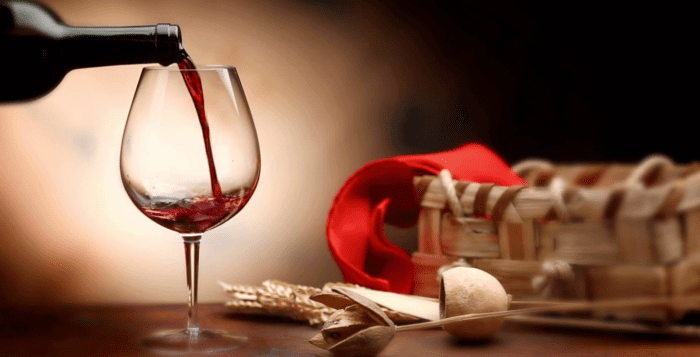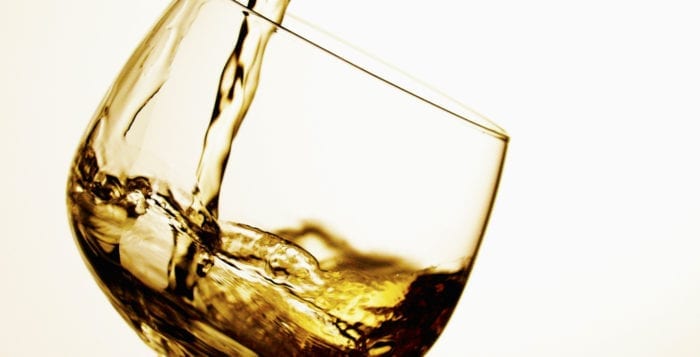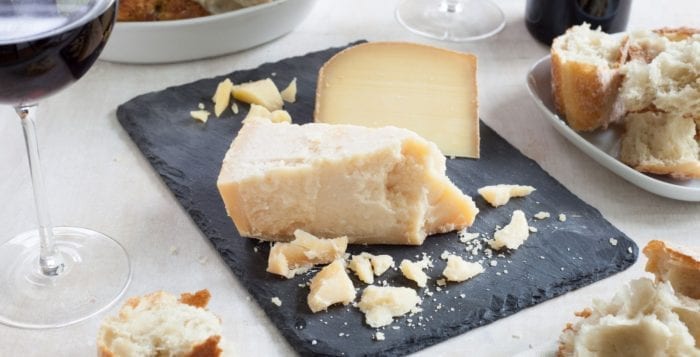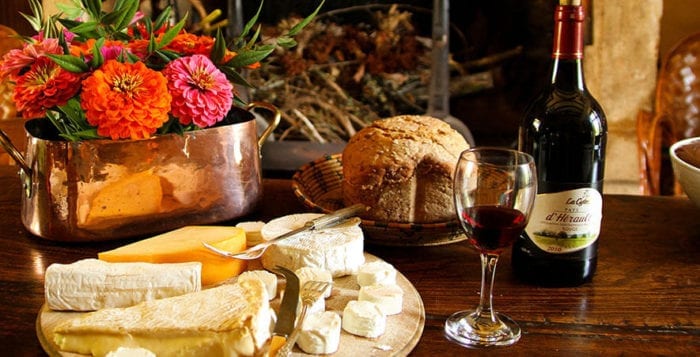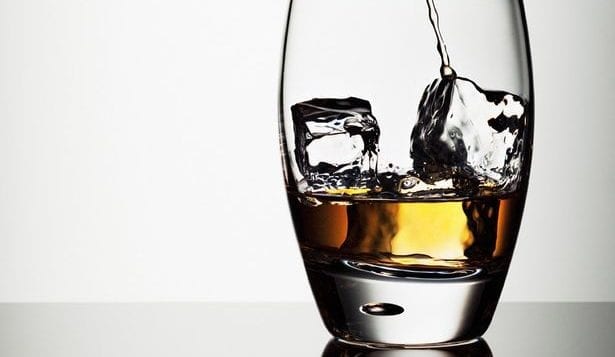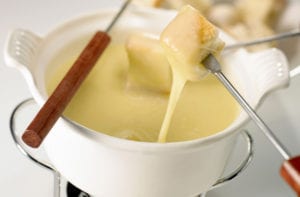By Bob Lipinski

Amari (plural of amaro), the Italian term for “bitters,” refers to distilled spirits containing an infusion of bittering “botanicals” such as herbs, roots or barks. Some of the many botanicals used include gentian, rhubarb, quinine, aniseed, saffron, peppermint, cloves, bitter orange and cinnamon. Bitters were originally produced to soothe and relax the stomach after meals and therefore are often referred to as “digestives.” They are also used as ingredients in some cocktails.
Aperire, a Latin word, that means to open, is the origin of the word apéritif — a beverage that usually “opens” lunch or dinner as a stimulant to the appetite. Most apéritifs have an initial sweet taste with a somewhat bitter aftertaste because of the use of quinine, a bitter compound that comes from the bark of the Cinchona tree. This slight bitterness whets the appetite and cleanses the palate.
Unfortunately, many consumers cringe at the bitter flavor of some amari, preferring sweeter beverages to run across their palates, while others look upon bitters as a “cult” or “rite of passage” beverage. There appears to be growing interest in this category, which can easily be shown by the vast number of articles and cocktails about bitters in the news.
Although Italy has the lion’s share of amari, we also find delectable offerings from the Czech Republic, France, Germany, Hungary, the United States and many other countries.
Here are some of my favorites from Italy:
Aperol (22 proof, Veneto): Luminous orange color. Made from an infusion of aromatic herbs, spices and roots, including bitter orange, gentian and rhubarb.
Averna (68 proof, Sicily): Dark brown with colalike aroma and bittersweet taste; hints of black pepper, cloves, licorice and vanilla.
Branca Menta (60 proof, Lombardy): Dark, red-brown color; bouquet and flavor of spearmint, chocolate, citrus, menthol and herbs.
Campari (48 proof, Lombardy): Ruby-red, bitter beverage; bouquet and taste of bitter orange, cherry and strawberry, with a bittersweet aftertaste.
Cynar (34 proof, Veneto): Brown color; bouquet and taste of almonds, herbs, honey and walnuts.
Fernet-Branca (80 proof, Lombardy): Dark brown, extremely bitter; contains more than 40 herbs and spices.
Ramazzotti (60 proof, Lombardy): Dark brown, bittersweet; made from 33 different herbs, roots and spices.
There is no one correct way to serve amari; they are great served “neat” (room temperature), refrigerator chilled or on the rocks. Each can be served as a tall drink, filled with sparkling mineral water (or sparkling wine) and garnished with a wedge of lemon, lime or even orange. A maraschino cherry on top may provide a finishing touch.
Bob Lipinski is the author of 10 books, including “101: Everything You Need to Know About Whiskey” and “Italian Wine & Cheese Made Simple” (available on Amazon.com). He conducts training seminars on wine, spirits and food and is available for speaking engagements. He can be reached at www.boblipinski.com OR [email protected].

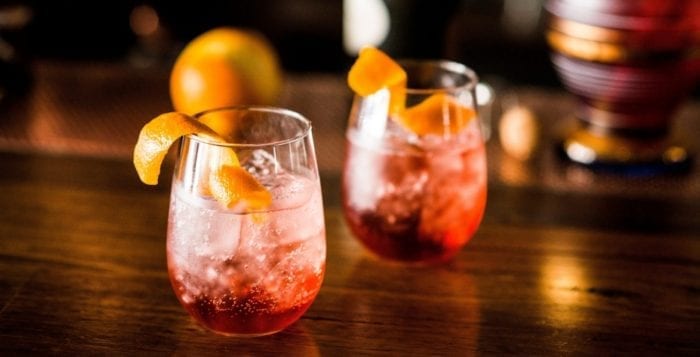
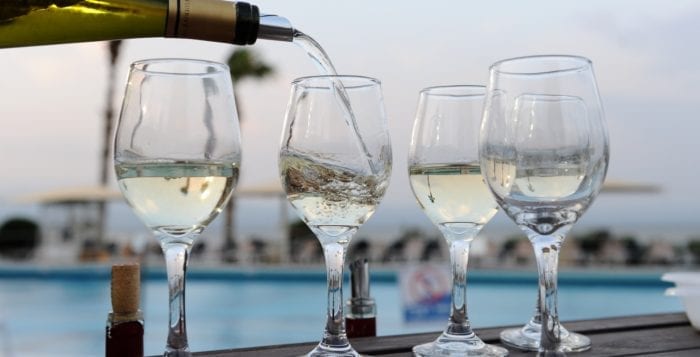
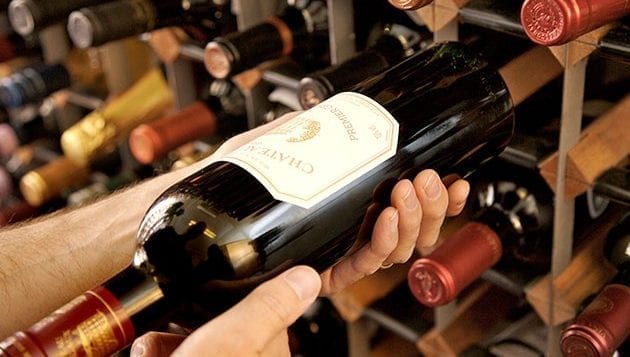
 Wines are best stored at a temperature of 52 to 55˚F, which is perfect for those who have temperature-controlled cellars or perhaps live in old castles with stone foundations. However, most people live in homes or apartments that are kept at a constant 68 to 72˚F, which creates storage problems.
Wines are best stored at a temperature of 52 to 55˚F, which is perfect for those who have temperature-controlled cellars or perhaps live in old castles with stone foundations. However, most people live in homes or apartments that are kept at a constant 68 to 72˚F, which creates storage problems.